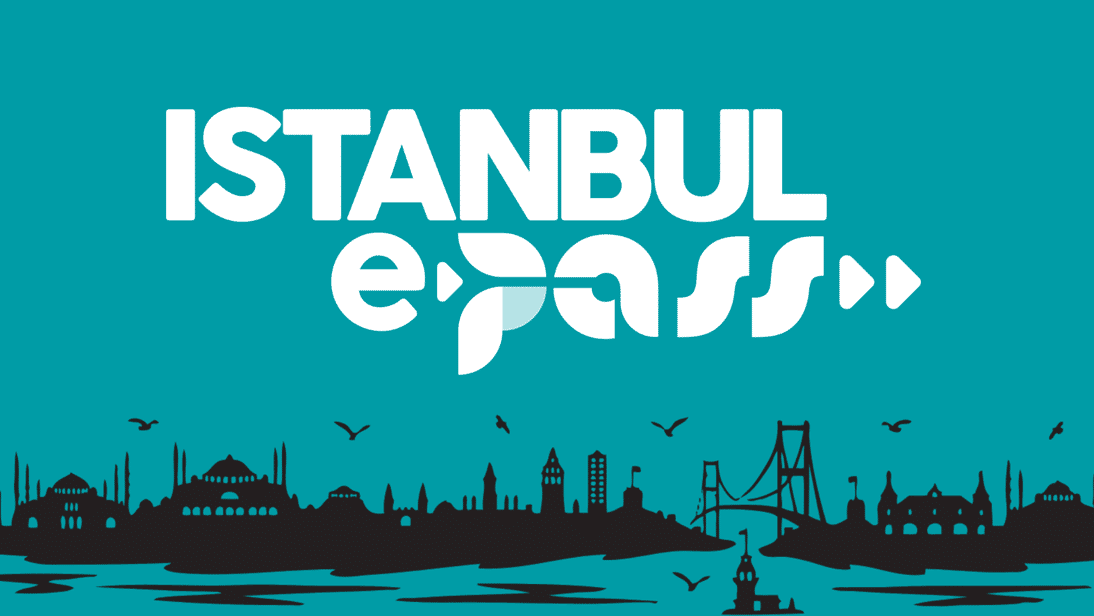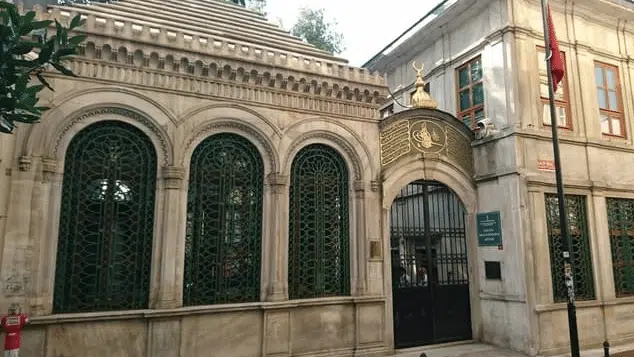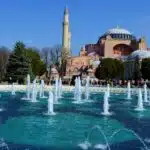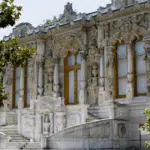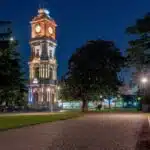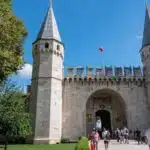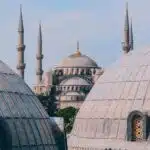For centuries, Hagia Sophia has stood as one of the most iconic landmarks in human history, mesmerizing visitors from around the world.
Located in the heart of Istanbul, Turkey, this architectural masterpiece is much more than a historical building. Its story is a tapestry woven with history, culture, religion, and art.
While it’s instantly recognizable, there’s a good chance you don’t know all its secrets. Here are fascinating, lesser-known facts about Hagia Sophia that will give you a new appreciation for this awe-inspiring structure.
1. It Wasn’t Always Called Hagia Sophia
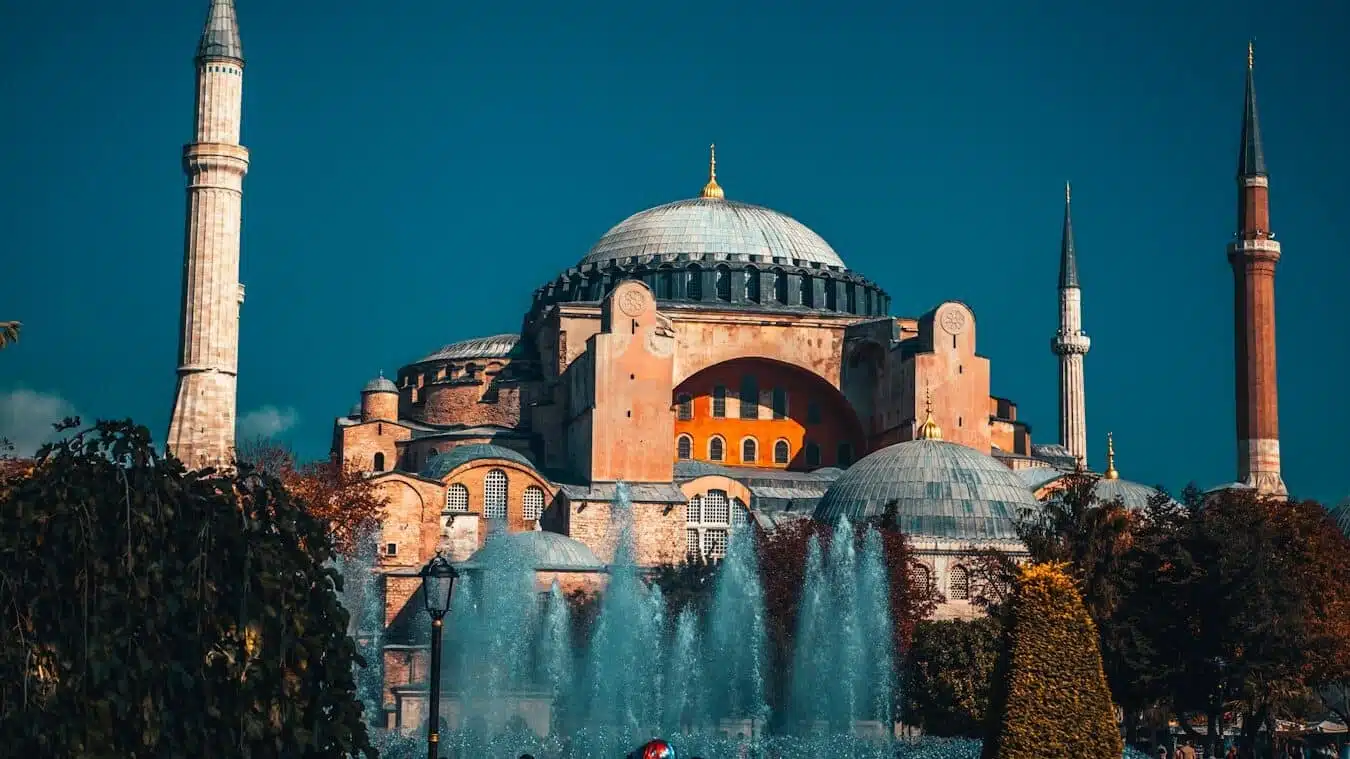
Although “Hagia Sophia” translates to “Holy Wisdom” in Greek, the iconic structure has been known by several names throughout its rich history. Built in 537 AD during the reign of Emperor Justinian I, this architectural masterpiece was originally a Christian cathedral and referred to as the Megale Ekklesia (or “Great Church”) due to its grand size and significance within the Byzantine Empire.
When Constantinople fell to the Ottomans in 1453, Sultan Mehmed II converted the cathedral into a mosque, renaming it Ayasofya. During this period, Islamic features such as minarets, a mihrab, and a minbar were added, blending Byzantine Christian and Ottoman Islamic architectural elements.
In 1935, following the establishment of the Republic of Turkey and under the leadership of Mustafa Kemal Atatürk, Hagia Sophia was transformed into a museum, symbolizing secularism and cultural heritage. However, in 2020, it was once again designated as a mosque, reflecting its ongoing religious and historical significance.
Today, its official name remains Hagia Sophia, but its meaning and legacy transcend language, religion, and time, serving as a testament to the intersection of cultures and histories.
2. It Took Less Than 6 Years to Build
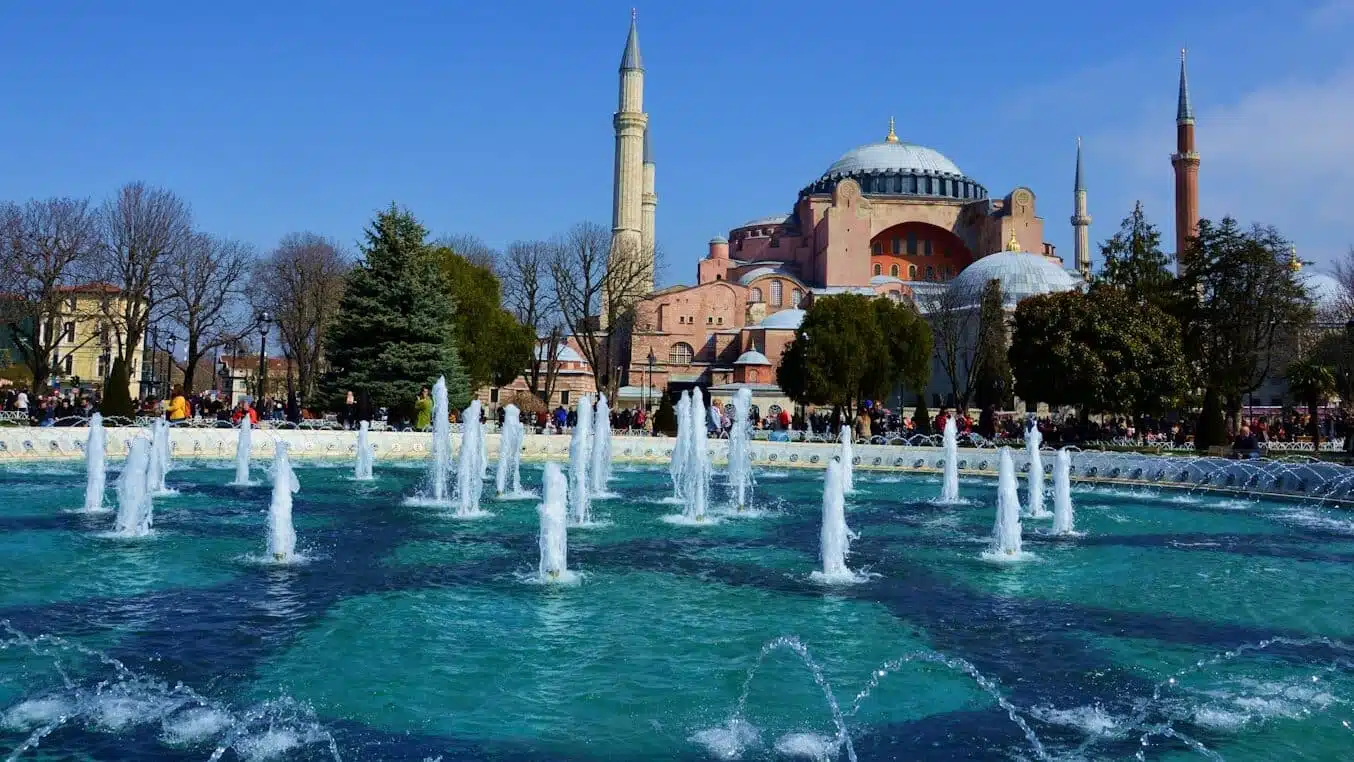
Unlike most ancient architectural marvels, which often took decades or even centuries to complete, Hagia Sophia was constructed in just five years, from AD 532 to 537, under the orders of Emperor Justinian I. This incredible feat was achieved through the efforts of 10,000 workers, tirelessly coordinating under the guidance of two brilliant architects, Isidore of Miletus and Anthemius of Tralle—renowned for their expertise in mathematics and engineering.
The sheer size and grandeur of Hagia Sophia make this timeline nothing short of miraculous. Spanning an enormous central dome with a diameter of over 30 meters, its design was groundbreaking for its time, combining Roman engineering techniques with innovative Byzantine aesthetics. The structure also incorporated a fusion of architectural materials, such as marble, gold, and mosaics, sourced from across the empire, symbolizing the power and wealth of the Byzantine Empire.
To manage the rapid construction, the workforce was divided into specialized teams, each focusing on different aspects of the build, ensuring efficiency without compromising quality. Despite its speed, Hagia Sophia remains a masterpiece of ancient engineering and design, standing as a testament to human ingenuity and ambition.
3. It Has Survived Earthquakes for Centuries
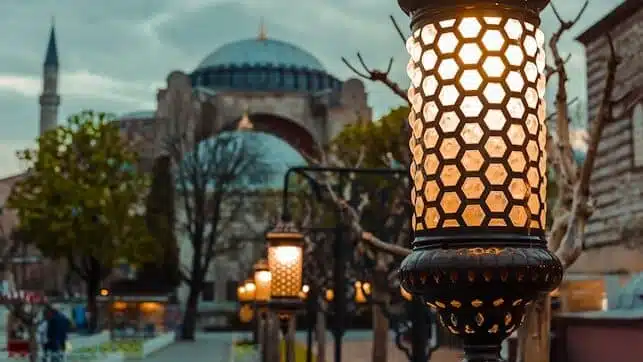
The location of Hagia Sophia sits within an active seismic zone, making it highly susceptible to earthquakes and tremors over the centuries.
Remarkably, instead of succumbing to nature’s forces, it has withstood the test of time, thanks to the ingenious architectural techniques employed by its builders. The construction incorporated special mortar and lightweight bricks to reduce strain on the structure, while flexible arches and columns absorbed seismic shocks.
The dome, in particular, has been a focal point of reconstruction efforts following damage from major earthquakes in 558, 989, and 1344. Each time, architects refined its design, using advanced techniques to increase its stability. These innovations have ensured its resilience, making it one of the most enduring symbols of architectural brilliance.
4. The Dome Was a Feat of Engineering Genius
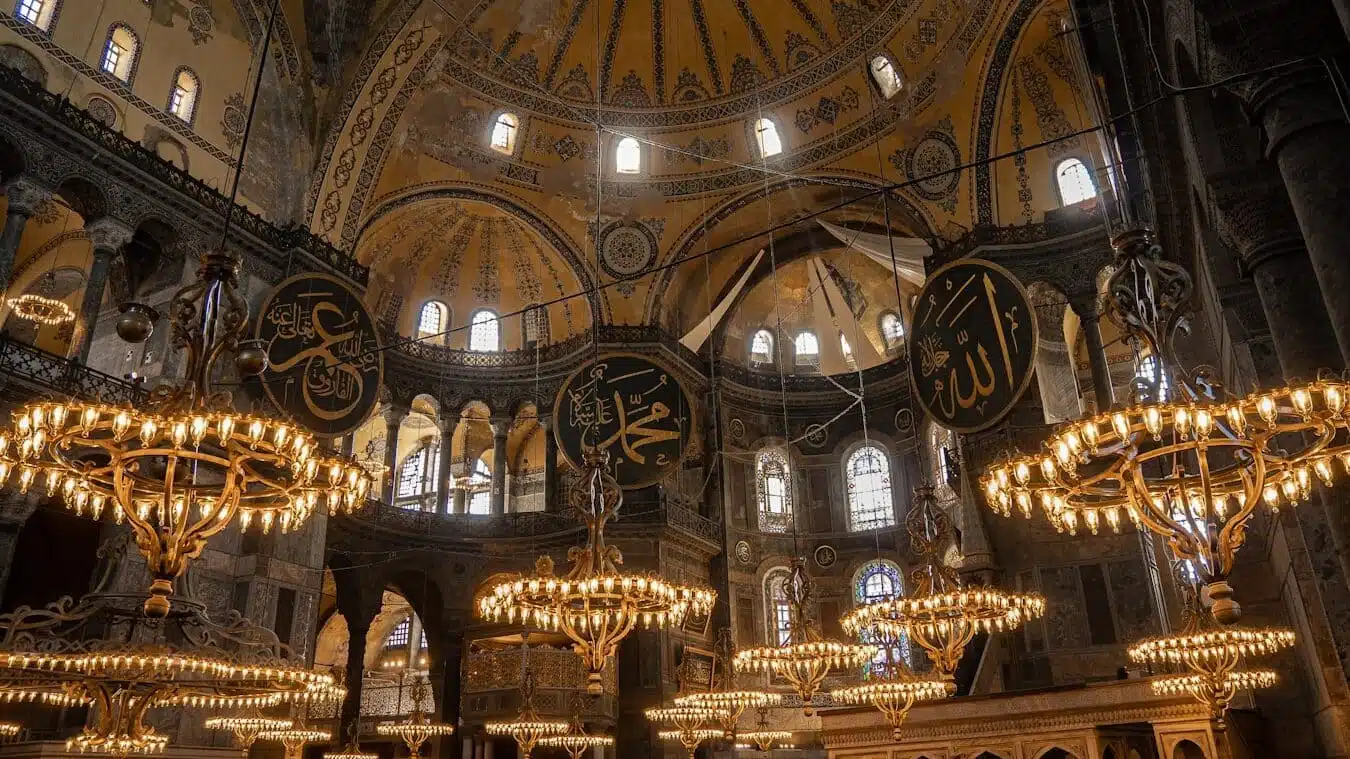
The dome of Hagia Sophia was a groundbreaking milestone in architectural history, often hailed as one of the greatest achievements of ancient engineering. Measuring an impressive 31 meters (102 feet) in diameter and rising to a height of 55.6 meters (182 feet) above the ground, the dome appears to float weightlessly in mid-air.
This illusion of weightlessness is achieved through the use of *pendentives*—triangular sections of a sphere used to transition the weight of the circular dome onto the square base below. These structures evenly distribute the immense weight of the dome, reducing strain on the walls. To further enhance its stability, lightweight materials like special hollow bricks from the island of Rhodes were used in its construction.
At the time of its completion, the dome was seen as a marvel of innovation, influencing the design of countless domed structures in both the Christian and Islamic worlds. The architects, Anthemius of Tralles and Isidore of Miletus, are still celebrated today for their revolutionary vision.
5. Hidden Marks of the Builders Remain
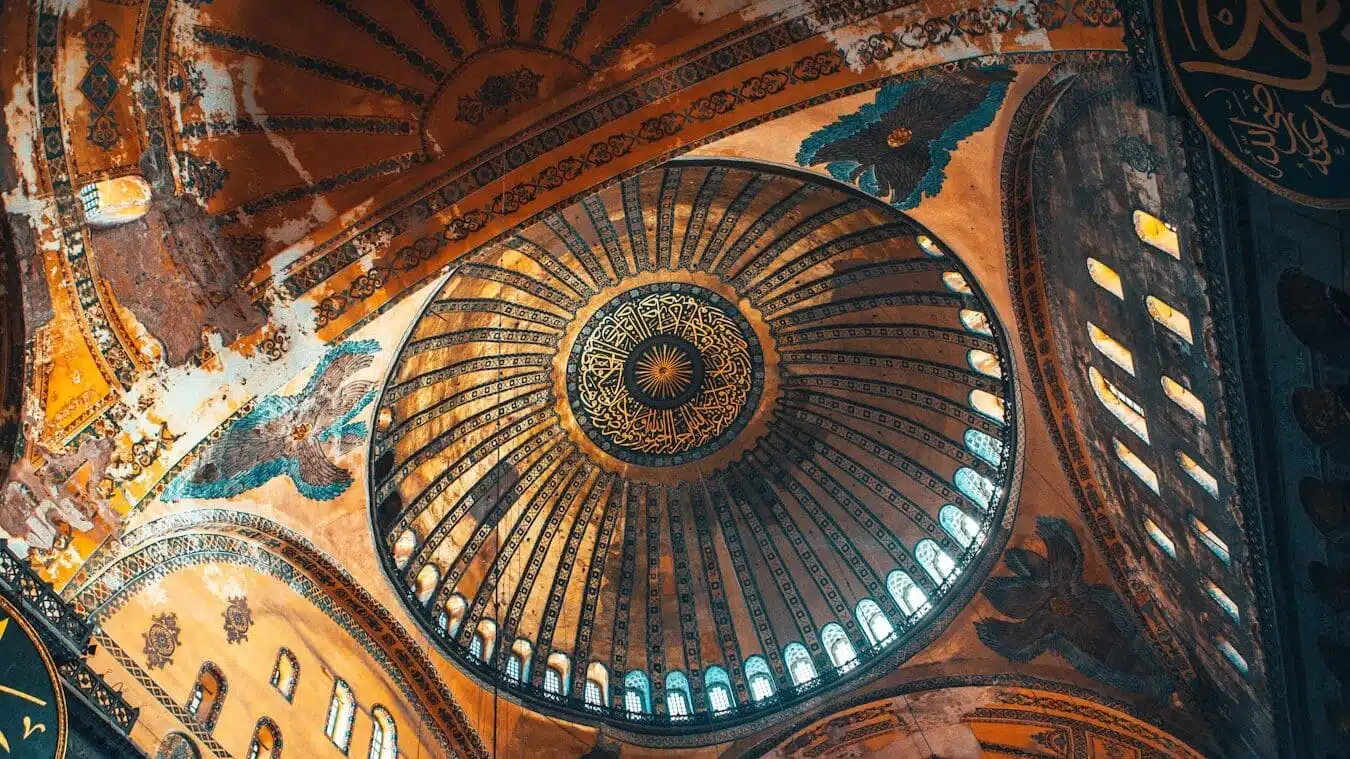
Within the walls of Hagia Sophia, traces of the people who built it are still visible, offering a glimpse into the lives of its creators. Scattered throughout the building are faint inscriptions and symbols left behind by craftsmen, architects, and even visitors over the centuries.
One of the most intriguing discoveries is a series of ancient Norse runic inscriptions believed to have been carved by Viking guards who served in the Byzantine Emperor’s elite Varangian Guard. These inscriptions include phrases like “Halvdan was here,” hinting at the diverse cultural connections of the Byzantine Empire.
Additionally, tiny crosses etched by Byzantine workers and other carvings suggest personal touches left by the laborers who worked on the structure. These hidden marks tell a human story, adding another layer of depth to Hagia Sophia’s already rich history.
6. It Has Been Both a Church and a Mosque
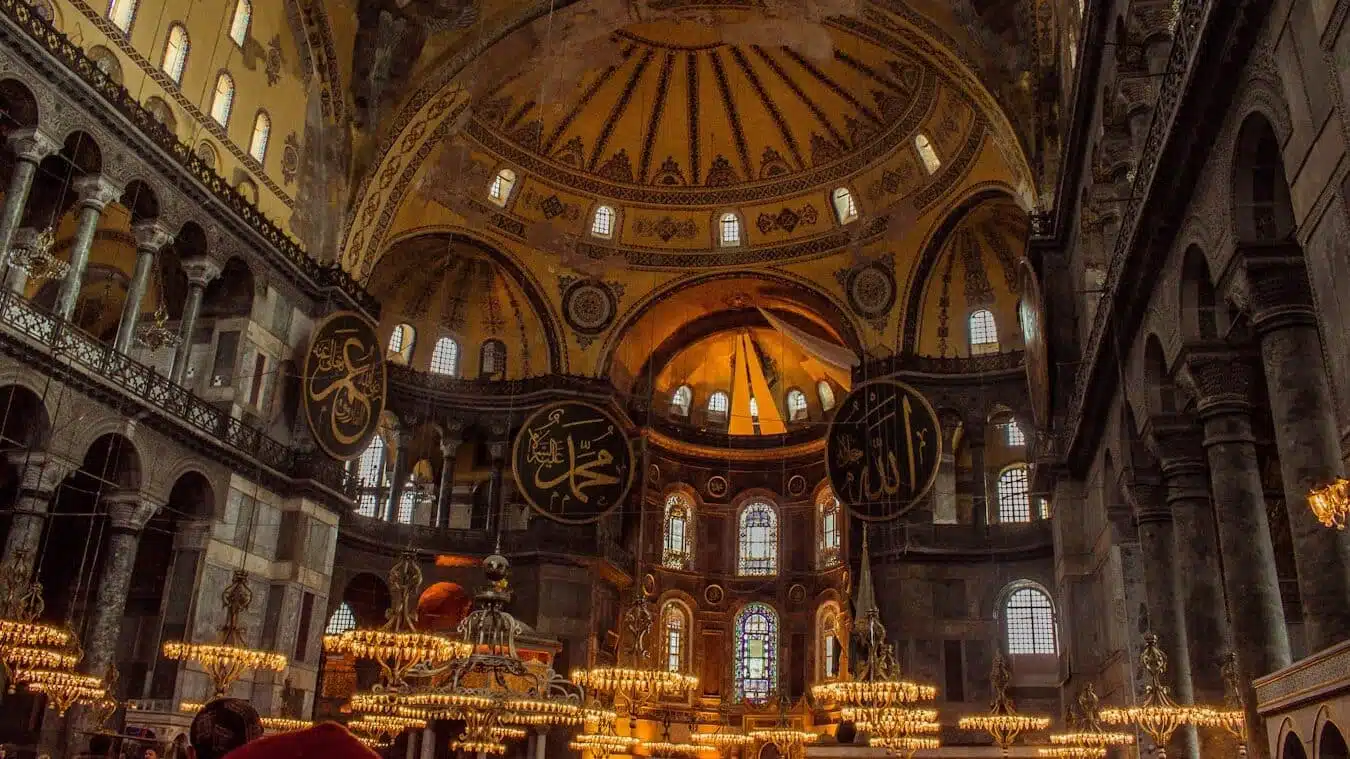
One of the most fascinating aspects of Hagia Sophia is its rich religious legacy, which reflects the changing tides of history in Constantinople (modern-day Istanbul). For nearly 1,000 years, it was the largest and most significant Christian church in the Byzantine Empire, serving as the center of Eastern Orthodox Christianity and hosting grand ceremonies, including the coronation of emperors.
After the Ottoman conquest of Constantinople in 1453, Sultan Mehmed II converted it into a mosque. To accommodate Islamic worship, minarets were added, along with a mihrab (prayer niche) and Islamic calligraphy panels. However, many of the Christian mosaics and artworks were preserved underneath layers of plaster, demonstrating a unique blending of religious traditions.
Hagia Sophia’s dual identity as both a church and a mosque makes it a symbol of coexistence and transformation, embodying centuries of religious and cultural history.
7. Its Mosaics Were Concealed for Centuries
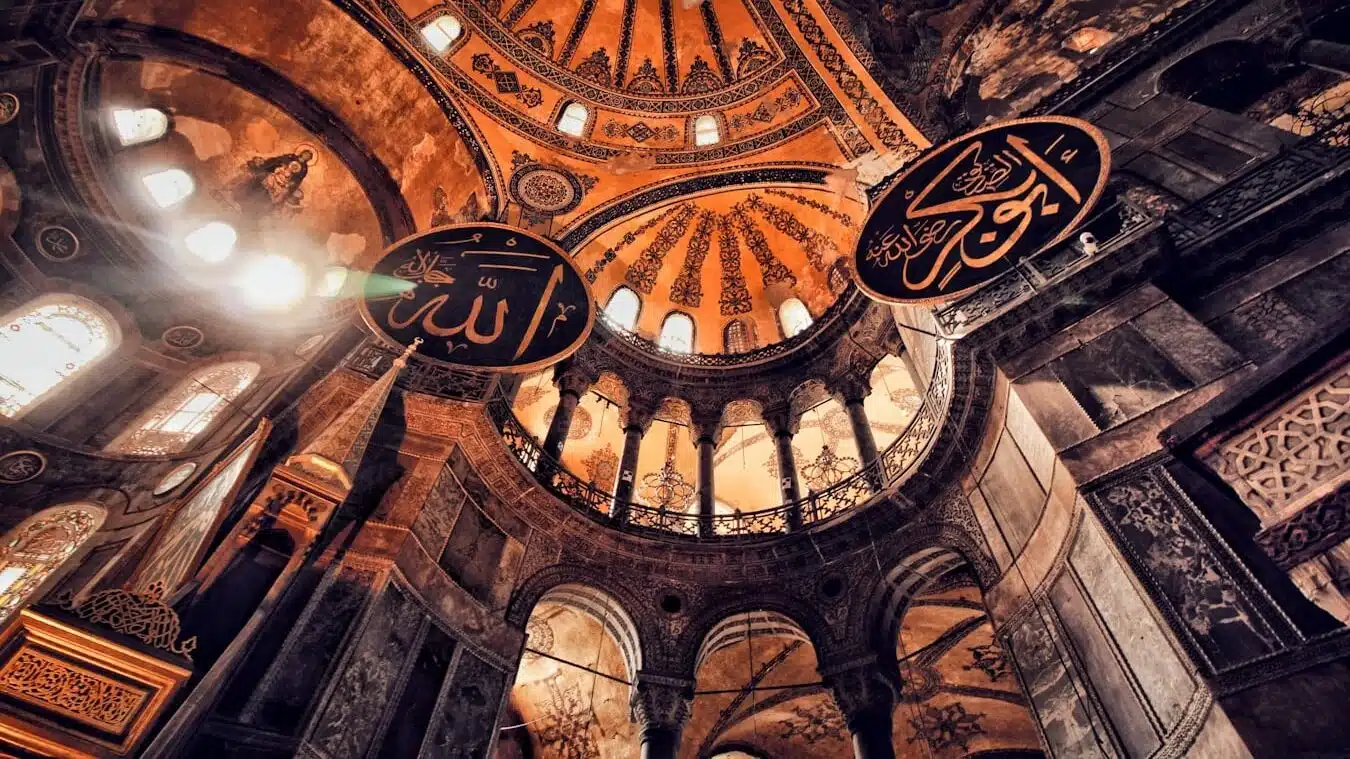
When Hagia Sophia was converted into a mosque, many of its breathtaking Christian mosaics were plastered over or covered with Islamic inscriptions and decorations in line with Islamic traditions of avoiding figurative art in religious buildings.
These mosaics, which had adorned the walls, ceilings, and domes for centuries, remained hidden from view until Hagia Sophia was transformed into a museum in 1935 under the leadership of Mustafa Kemal Atatürk, the founder of modern Turkey. Restoration efforts revealed stunning depictions of religious figures, including Christ Pantocrator, the Virgin Mary, and angelic seraphim.
Today, these mosaics are a highlight for visitors, offering a glimpse into the grandeur of Byzantine art and the rich cultural layers of Hagia Sophia. Their rediscovery has reignited appreciation for the building’s artistic and historical significance, making it a must-see destination for travelers and historians alike.
8. The Weeping Column Holds Mysterious Powers
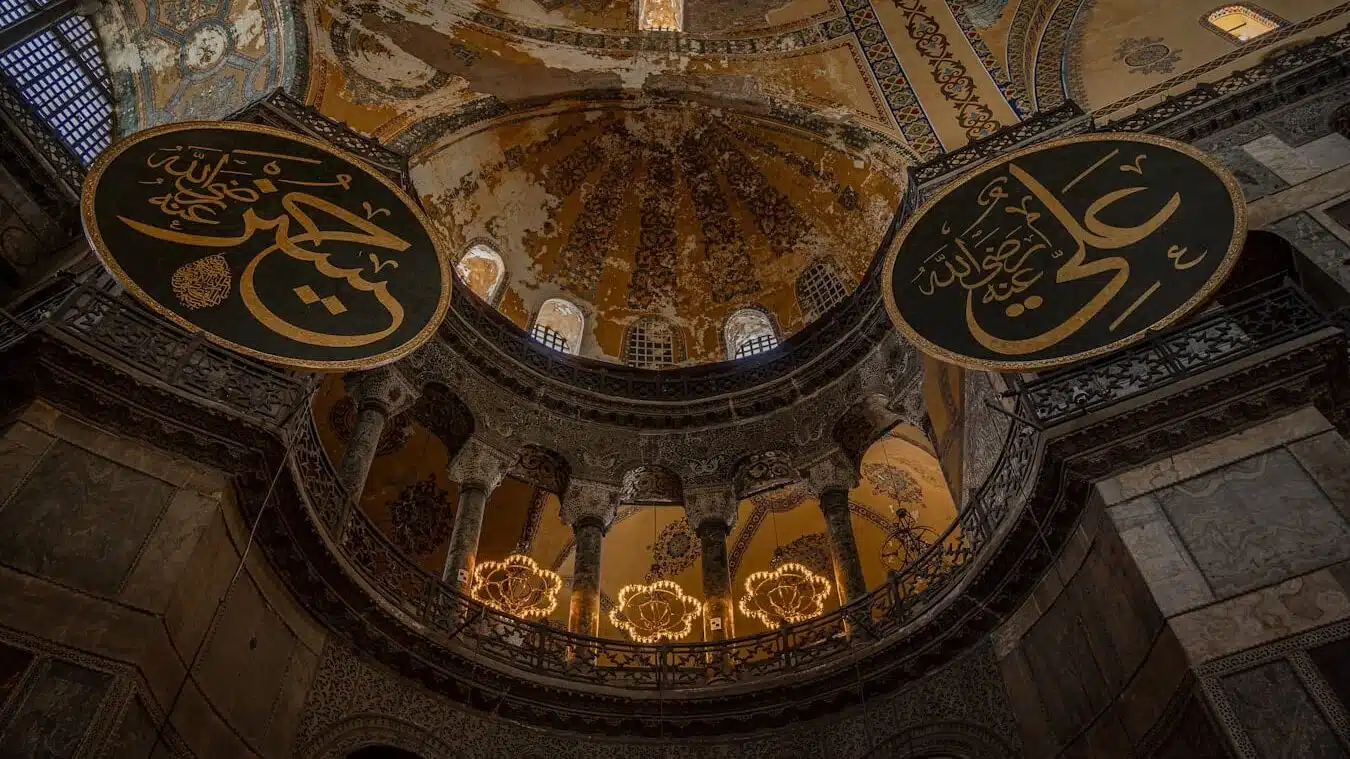
Among the many unique features of Hagia Sophia is the famous “Weeping Column,” also called the “Perspiring Column.” This intriguing marble pillar stands out with a small hole, where visitors can insert their thumb. According to local legend, placing your thumb into the hole, rotating it 360 degrees, and making a wish may bring good luck—or even miraculous healing.
The column’s perpetually damp surface has fascinated visitors for centuries, adding an air of mystery to the site. Some believe the moisture comes from underground water sources, while others attribute it to condensation caused by the unique architecture and climate within the building. Historical records suggest the column may have been part of earlier structures, adding to its enigmatic aura. Today, it remains one of Hagia Sophia’s most visited and talked-about features, attracting tourists eager to experience its legendary powers and connect with its rich history.
9. It Was Once the World’s Largest Cathedral
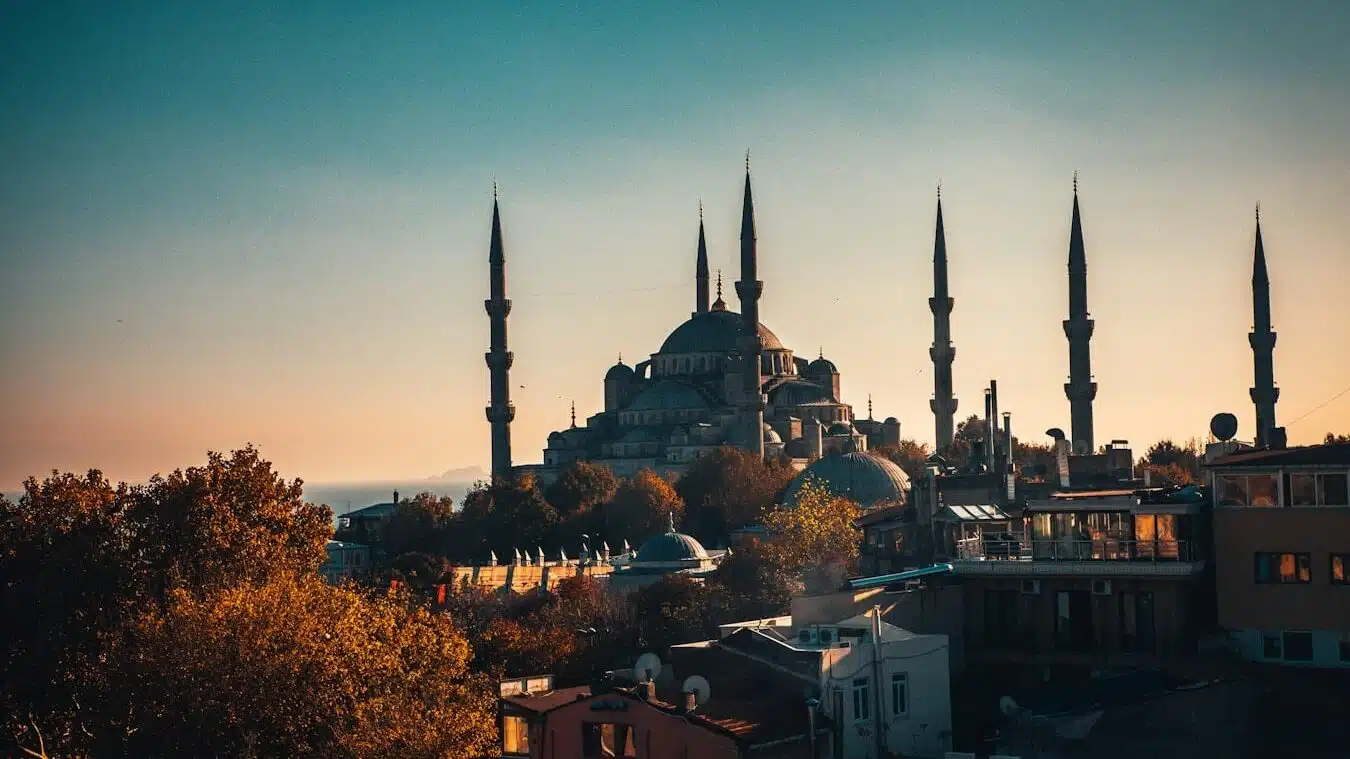
For nearly a thousand years, Hagia Sophia in Istanbul, Turkey, held the title of the largest cathedral in the world. Built in 537 AD during the reign of Emperor Justinian I, it was an architectural marvel of the Byzantine Empire, combining a massive dome, intricate mosaics, and revolutionary engineering techniques.
It wasn’t until 1520, with the completion of Seville Cathedral in Spain, that its record was surpassed. Seville Cathedral, built in the Gothic style, became known for its immense size, including the Giralda tower and its vast interior space.
Despite losing its title, Hagia Sophia remains one of the grandest religious structures in history and a symbol of cultural and architectural achievement. Over centuries, it served as an Eastern Orthodox cathedral, an Ottoman mosque, and now a museum, representing a rich blend of Christian and Islamic influences.
10. It Returned to Its Roots in 2020
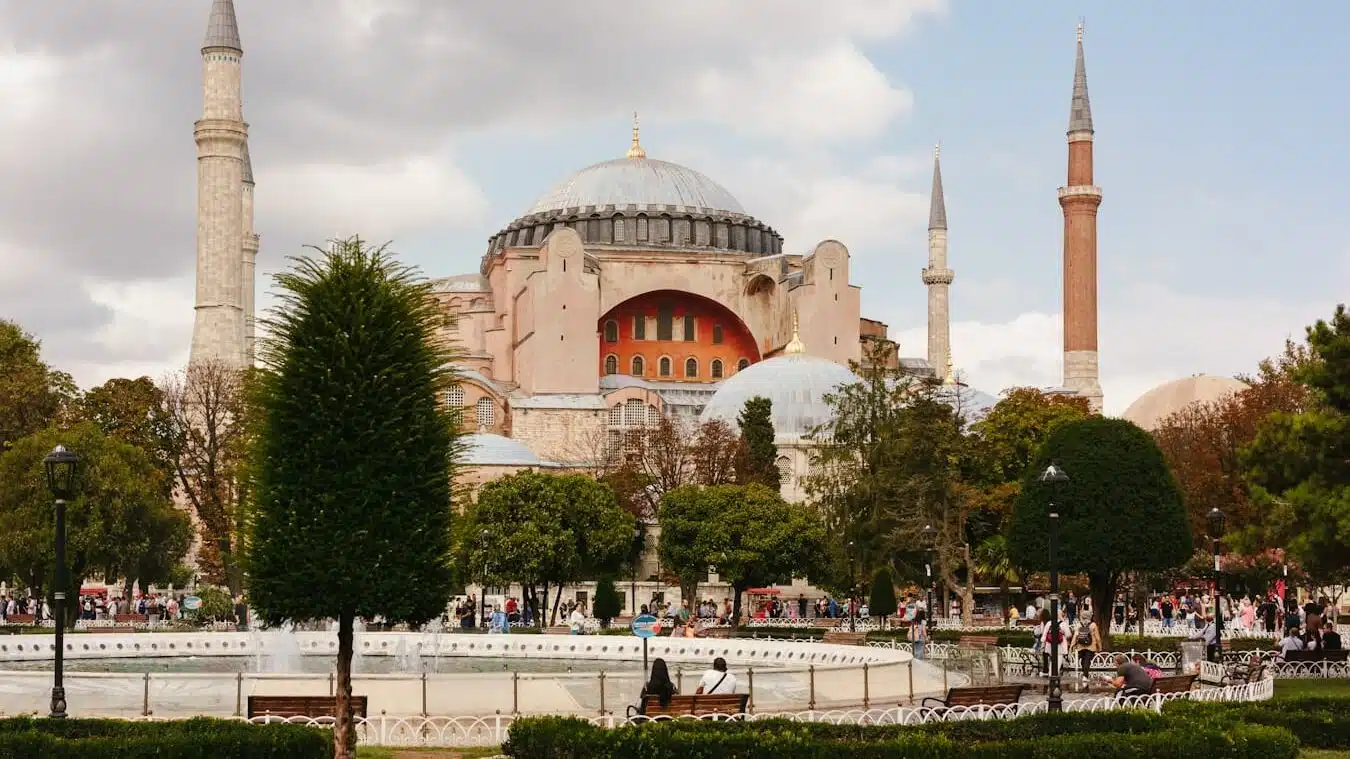
Hagia Sophia is one of the most iconic landmarks in the world, celebrated for its architectural grandeur and historical significance. Originally built in 537 AD during the Byzantine Empire as a cathedral, it was the largest Christian church of its time. After the Ottoman conquest of Constantinople in 1453, it was converted into a mosque, marking its transition into a symbol of Islamic culture.
In 1935, under the secular reforms of Mustafa Kemal Atatürk, it was transformed into a museum, symbolizing the coexistence of cultures and religions. For decades, it attracted millions of visitors from around the globe, becoming a UNESCO World Heritage Site and a testament to its historical legacy.
However, in 2020, it was reconverted into a mosque, a decision that sparked global debate and mixed reactions. Today, daily prayers take place within its walls, but it remains open to the public, regardless of religion. Visitors can admire its stunning mosaics, intricate calligraphy, and the blending of Christian and Islamic art and architecture. Hagia Sophia continues to stand as a global treasure and a bridge connecting different worlds, cultures, and histories.
11. Vikings Left Their Mark on Its Walls
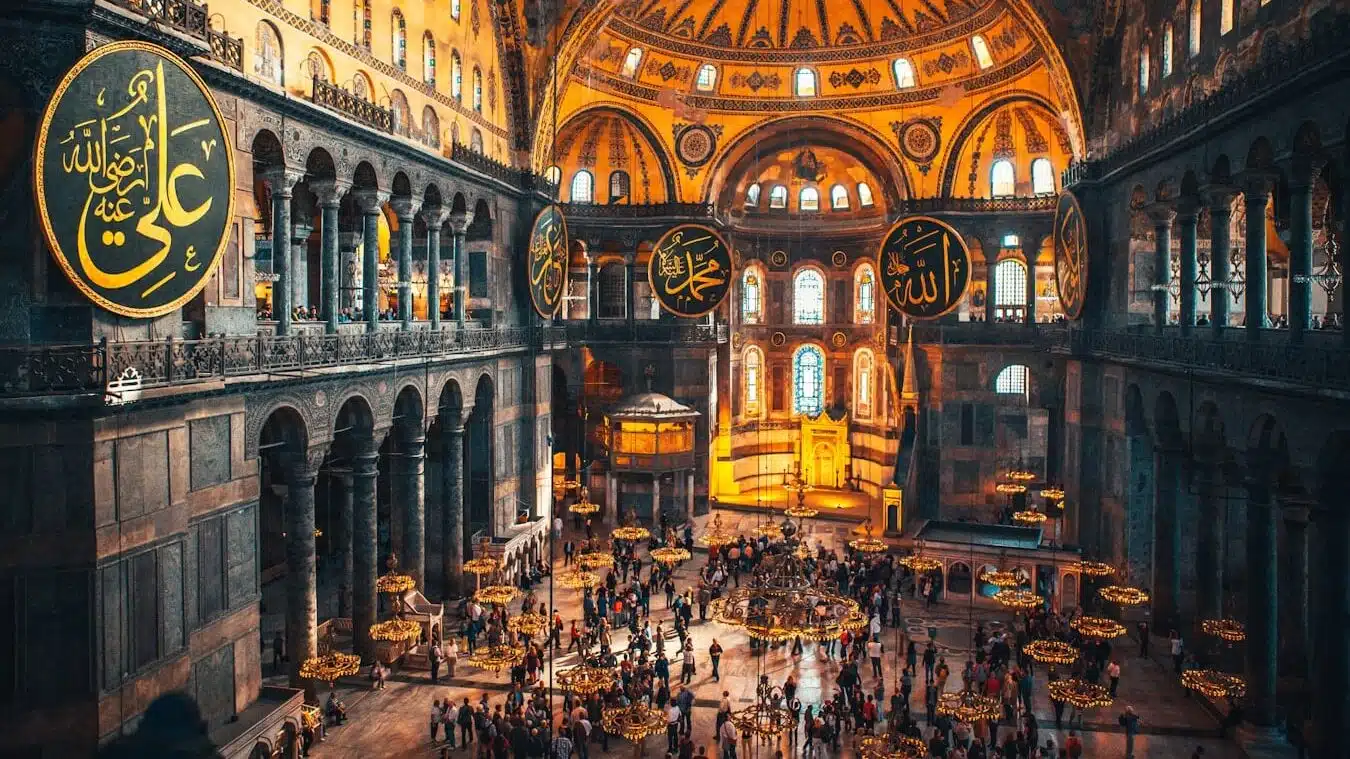
Among the many intriguing details within Hagia Sophia are runic inscriptions believed to have been carved by Viking mercenaries, known as Varangians, who served as elite guards for the Byzantine emperors.
These warriors, renowned for their loyalty and skill, traveled from Northern Europe to Constantinople (modern-day Istanbul) to offer their services, forming what was known as the Varangian Guard.
One of the most famous examples of this graffiti is an inscription that simply reads, “Halfdan was here.” Scholars believe that Halfdan, likely a Varangian guard, left this mark to immortalize his presence in one of the most iconic structures of the Byzantine Empire.
This small, centuries-old carving serves as a fascinating connection between the Norse world and the Byzantine Empire, offering a glimpse into the lives of these adventurous warriors who traversed vast distances and left traces of their presence in history.
12. A Center for Scientific and Mathematical Study
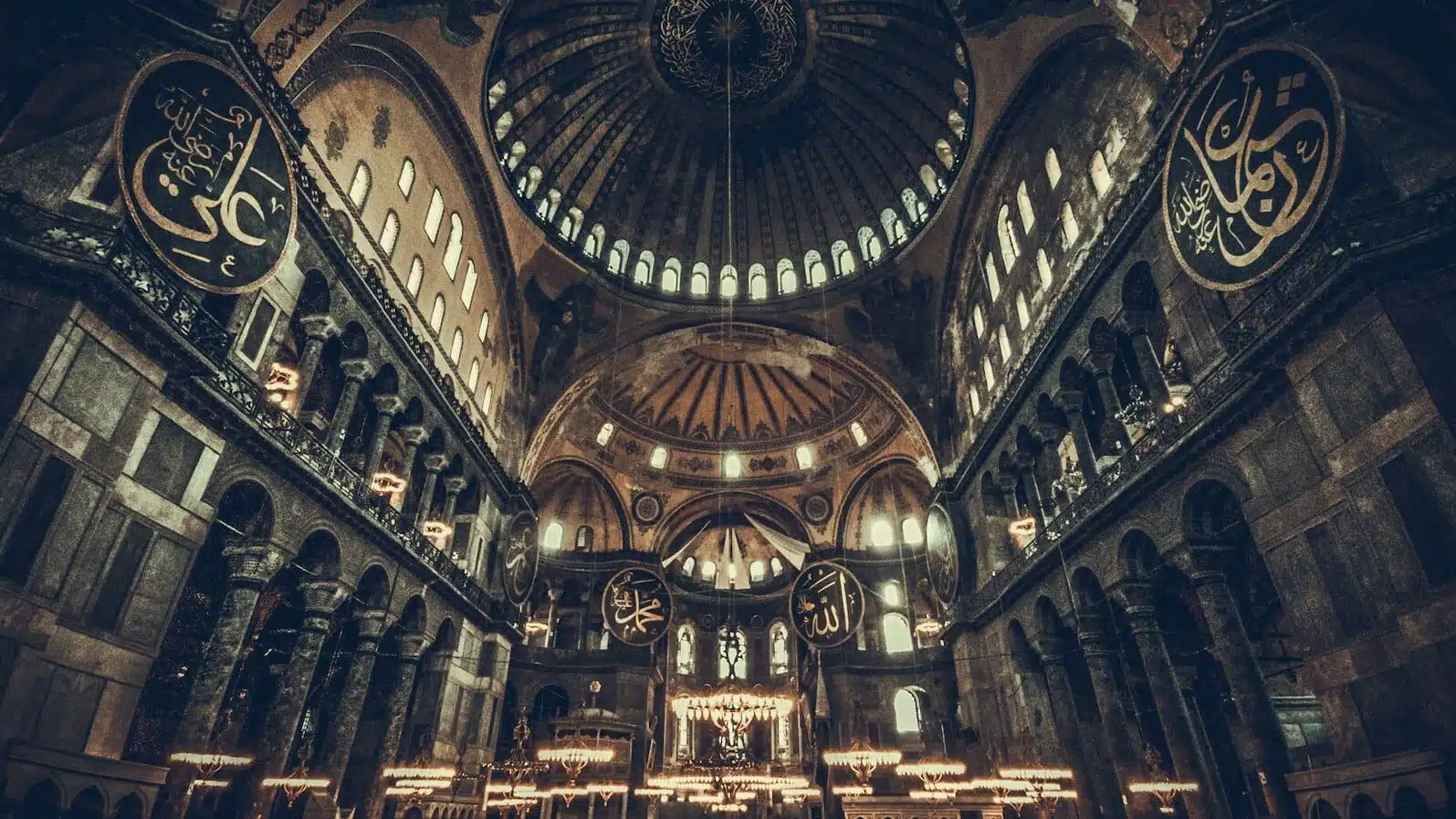
Hagia Sophia was not just a place of worship but also a hub for learning and innovation during the Byzantine era.
Mathematicians and physicists studied the building’s unique acoustics, marveling at how sound carried perfectly throughout the vast space. Engineers examined its groundbreaking structural techniques, such as the use of pendentives to support the massive dome, which influenced architectural designs for centuries.
These studies not only advanced the understanding of architecture but also contributed to developments in fields like physics and geometry.
13. Miraculous Legends Abound
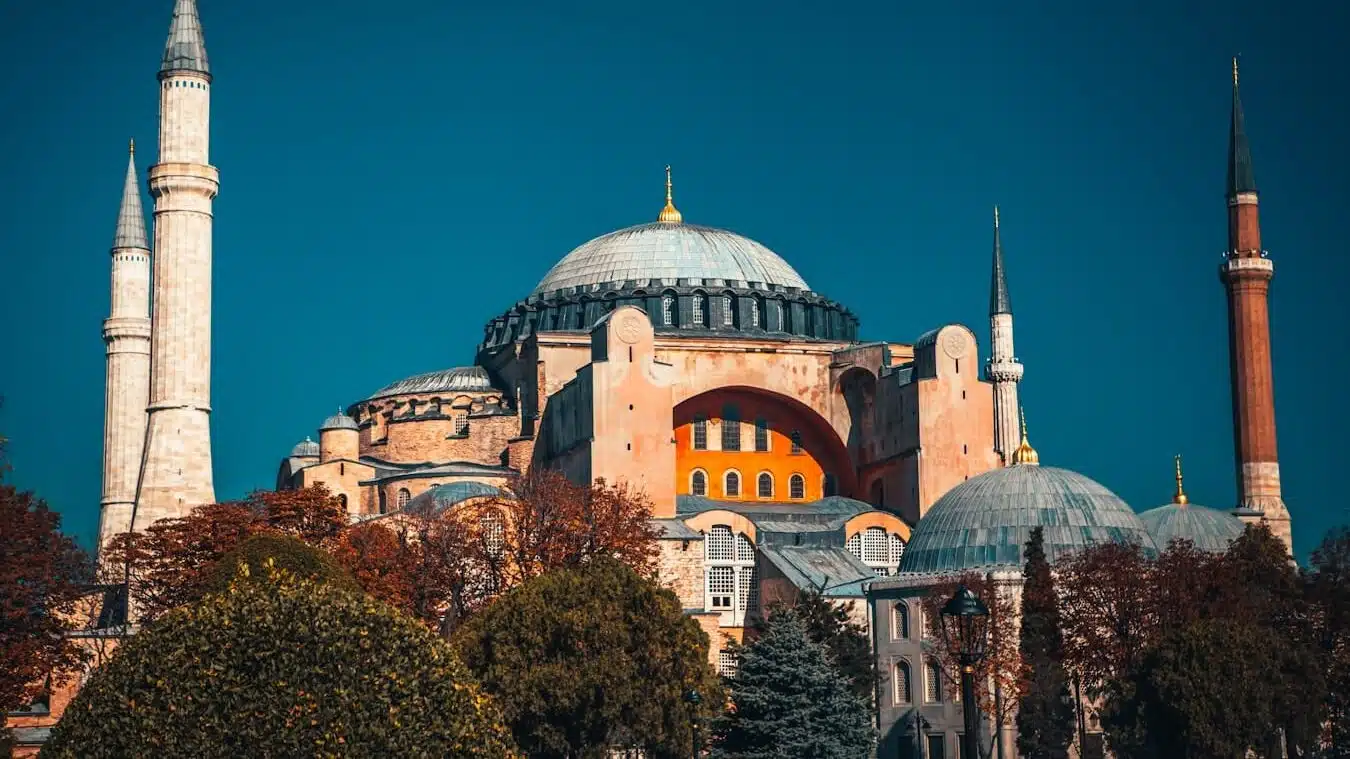
Hagia Sophia is steeped in mystical legends that have mesmerized visitors for centuries.
Stories tell of chandeliers that once illuminated on their own, as if by divine intervention, and a glowing light that would shine from the dome, symbolizing a heavenly presence. One famous tale recounts how the dome was miraculously supported by angelic forces during construction after it nearly collapsed.
These legends have added to the awe-inspiring and otherworldly atmosphere of Hagia Sophia, drawing pilgrims and visitors from across the world.
14. An Architectural Influence Worldwide
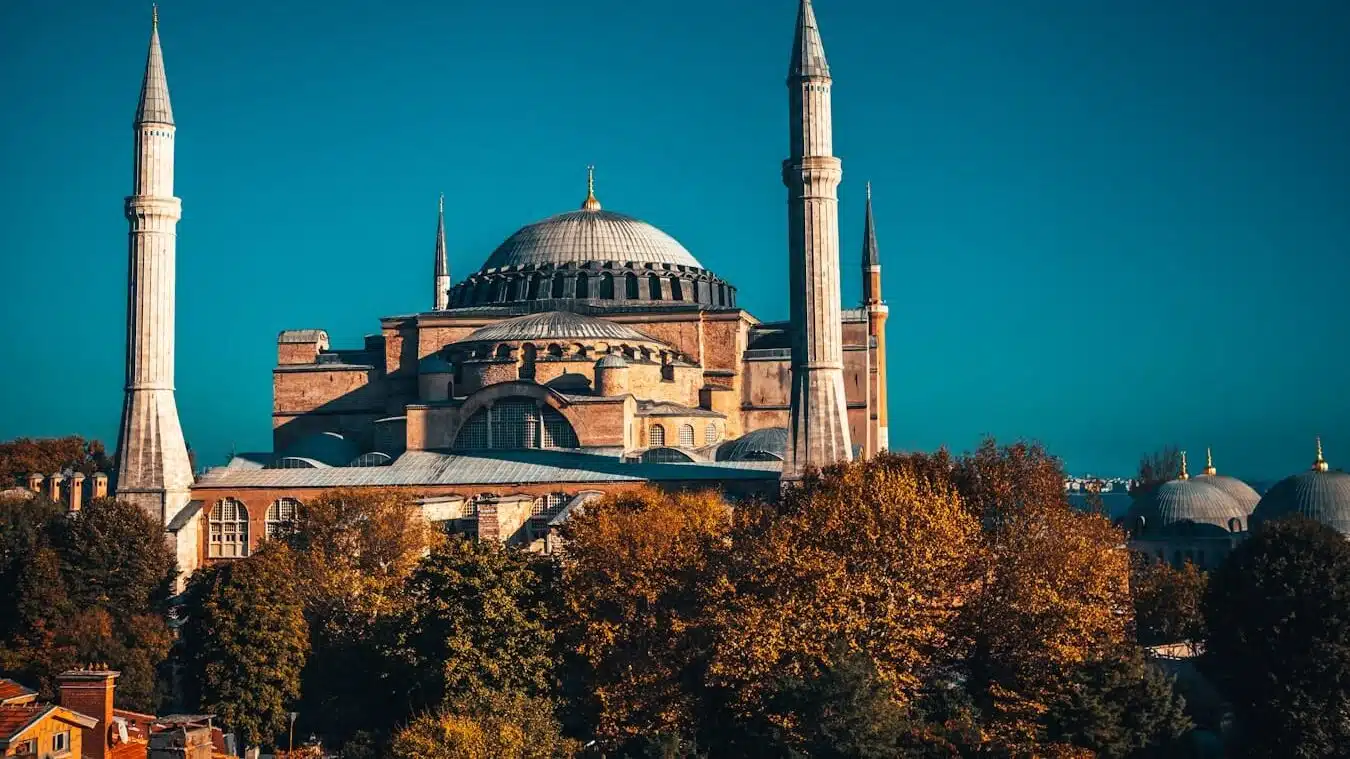
The innovative techniques used to construct Hagia Sophia’s grand dome have left an indelible mark on world architecture.
The use of pendentives to transition the weight of the dome onto four sturdy piers was revolutionary for its time. This method inspired countless iconic structures, from the Blue Mosque in Istanbul, which echoes its grand proportions, to St. Peter’s Basilica in Rome, whose dome borrows from the engineering brilliance of Hagia Sophia.
Its influence can be seen in churches, mosques, and public buildings across Europe, the Middle East, and beyond.
15. Host to Coronations and Historic Events
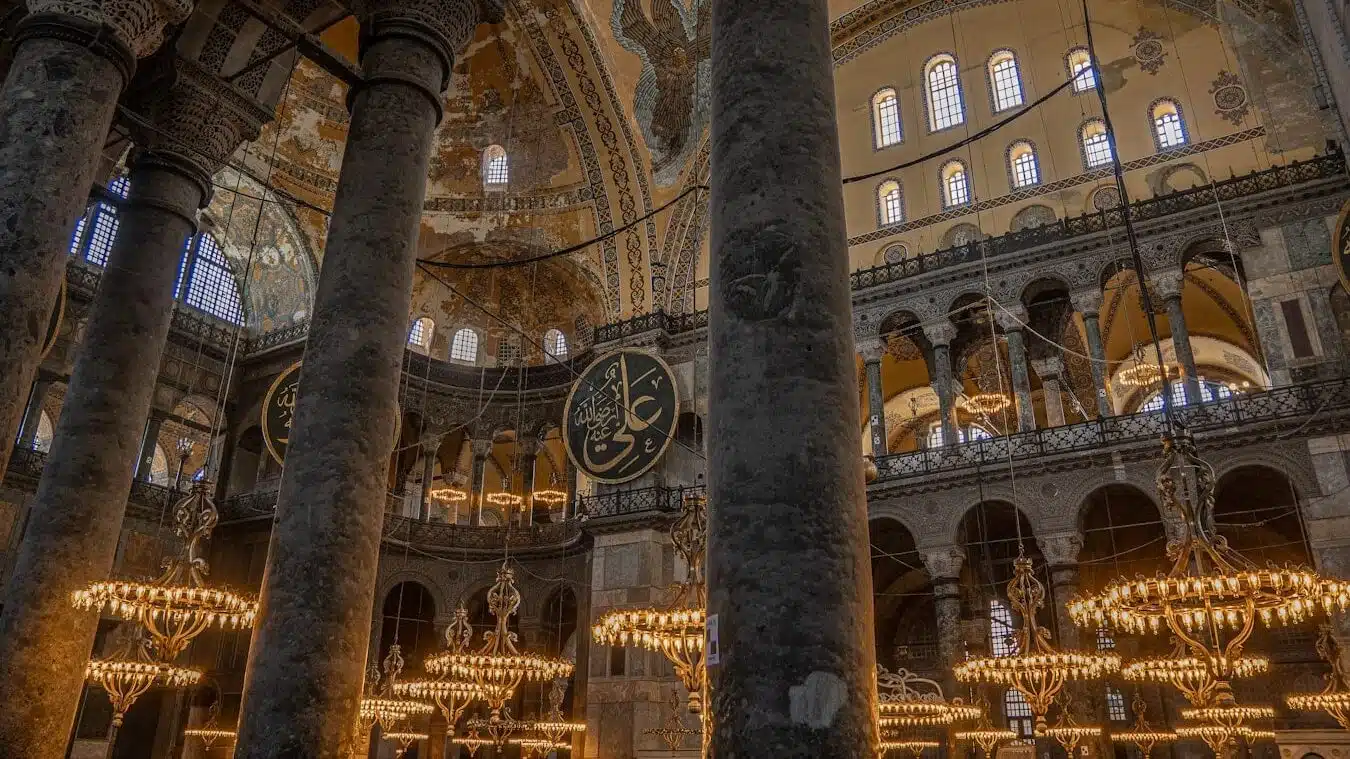
For centuries, Hagia Sophia was the pulsating heart of Byzantine public and imperial life. It served as the setting for grand imperial coronations, where emperors were crowned in majestic ceremonies under its soaring dome.
Royal weddings, government proclamations, and religious councils were also held here, solidifying its role as a center of power and culture.
Even after the fall of Constantinople, it retained its historic significance, becoming a mosque and later a museum, preserving its legacy as a host to momentous events that shaped history.
Today, walking through its halls is like stepping back in time to witness centuries of human achievement and grandeur.

